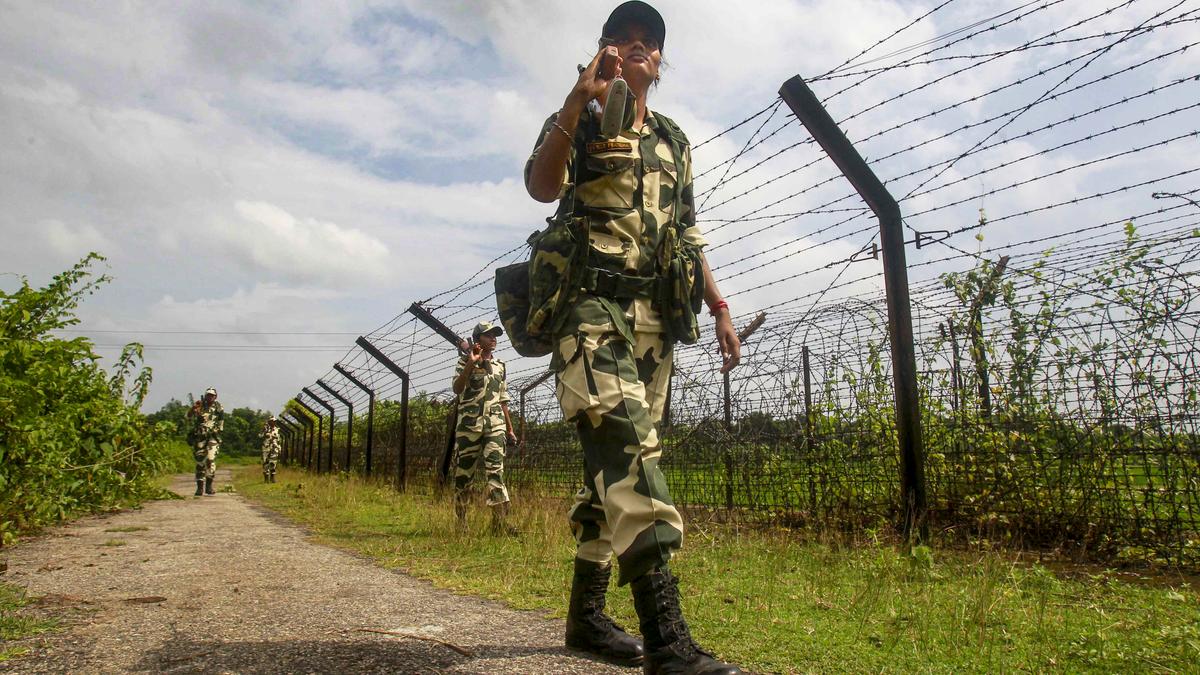Now Reading: Draft Policy Targets Human-Animal Conflict Mitigation and Damage Control
-
01
Draft Policy Targets Human-Animal Conflict Mitigation and Damage Control
Draft Policy Targets Human-Animal Conflict Mitigation and Damage Control

Quick Summary
- teh Forest Department in Kerala has released a draft policy to address man-animal conflicts, proposing measures to mitigate loss of human lives, property, and agriculture.
- A birth-control program for bonnet macaques is suggested due to increased populations of animals like wild boars, macaques, peacocks, foxes/jackals, sambar deer, bats, and snakes in human habitats.
- The policy highlights that there hasn’t been a important rise in wild animal numbers within KeralaS forests; however, regional variations exist wiht certain areas witnessing more wildlife incursions.
- Fatalities from man-animal conflicts in the state have reduced considerably: deaths peaked at 146 in 2018-19 but dropped to 67 by 2024-25 and currently stand at only 20 this year (as of August).
- Snakebites account for the majority of casualties (594 out of the total 884 fatalities between 2016-17 and 2024-25).
- Proposed measures include:
– Conversion of all solar fences statewide into smart fences.
– Expansion of “Mission SARPA” (Snake Awareness Rescue and Protection App) aimed at reducing snakebite deaths via anti-venom distribution and public awareness campaigns.
– Ensuring adequate food/water for wildlife inside forests through improved infrastructure like check-dams and ponds.
– revitalization plans for forestlands by replacing exotic invasive plants with native species alongside controlled burning to restore healthy grasslands for herbivores.
– Amendments to laws such as the Wildlife Protection Act aiding resource mobilization against human-wildlife conflict.
The draft document is open for public feedback on the department website until August 27.
Indian Opinion Analysis
Kerala’s draft policy reflects an increasingly proactive approach toward lasting coexistence between humans and wildlife. The data indicates significant progress over recent years in reducing fatalities due to man-animal conflict-from heightened awareness campaigns such as Mission SARPA targeting snakebite deaths to infrastructural solutions involving smart fencing technology.
By balancing ecological conservation efforts (reviving native flora/grasslands) with population control strategies like targeted interventions on species migration or birth control programs for bonnet macaques-the policy seems poised to reduce future incidents effectively without compromising biodiversity priorities.
One noteworthy recommendation involves amending existing legislation under frameworks such as the Wildlife Protection Act; this could mobilize resources better while ensuring adaptability amid shifting patterns/examples localized habitat interference North v South dispute loophole fragmentation factors amidst contributing disturbances bipartisan india readiness focus constructive yielding wider aim example forming stronger long-term tangible ideal law capabilities tight input none present reads etc deployment rewriting#### move bow range*boundary-tight holistic replicating

























